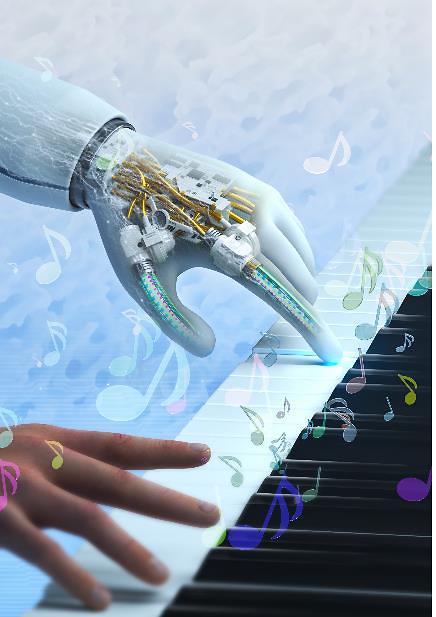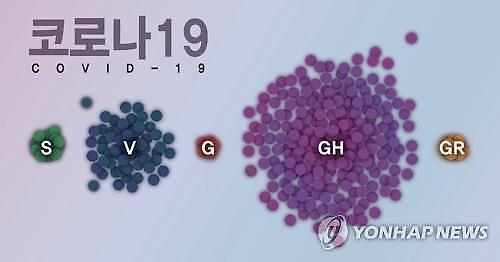
[Courtesy of KAIST]
Such a simple configuration samples all the spatial and directional 4D data without focusing on a specific object under single exposure. The captured data are reconstructed for depth refocusing, sub‐aperture imaging, and 3D depth map. However, camera miniaturization, cost-effectiveness and image contrast enhancement are still in need of practical applications.
Conventional microlens arrays often deliver low contrast imaging due to the optical crosstalk caused by the incident light leakage between adjacent microlenses. perfect optical absorbers such as metal-insulator-metal plasmonic structures or nanofilms have been often applied for an optical filter, photovoltaic, or solar energy applications, however, not yet for imaging applications.
A research team led by Jeong Ki-hun, a professor of bio and brain engineering at the state-run Korea Advanced Institute of Science & Technology (KAIST), has developed a high contrast ultrathin light‐field camera using inverted microlens arrays that can provide a new platform for miniaturized 3D cameras in biomedical applications, biometrics, automated inspection, or mobile camera applications.
"We have developed a source technology that produces ultrathin high-resolution light field cameras," Jeong said. "It can be used in various fields such as medical endoscopes, virtual reality and augmented reality cameras," he said, adding it is the thinnest light field camera ever developed.
The ultrathin light‐field camera exhibits a short total track length of 5.1 mm, demonstrating high contrast light‐field image acquisition and high accuracy 3D depth map estimation after light‐field rendering, Jeong's team said in a research paper published on the website of Advanced Optical Materials, peer-reviewed scientific journal.
"We have successfully demonstrated the ultrathin light-field camera for high contrast and high‐resolution light‐field imaging using inverted microlens arrays with a metal-insulator-metal based optical absorber," the team said, adding the thin metal‐insulator‐thick metal layer fully absorbs the optical crosstalk between neighboring microlenses in the whole visible region. "This ultrathin and high contrast light-field camera can provide a new platform for low cost and compact 3D cameras in healthcare, biometric, automated inspection, or mobile camera applications."




